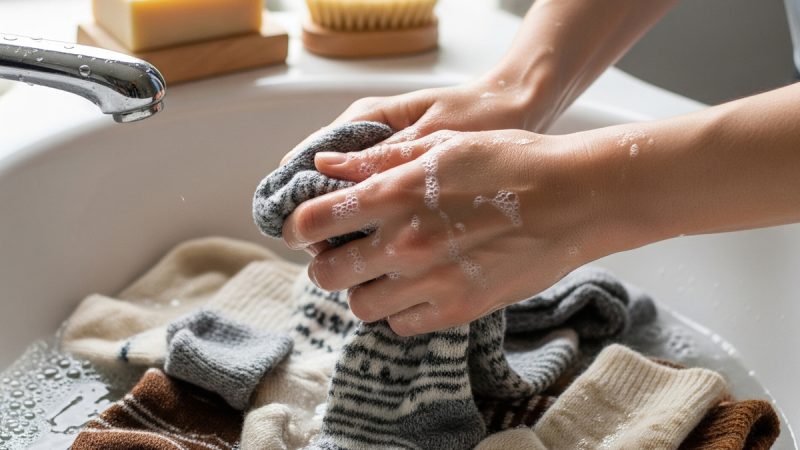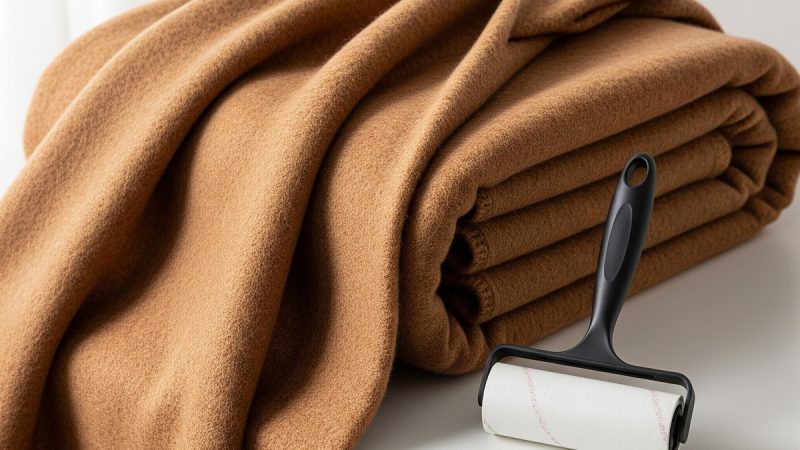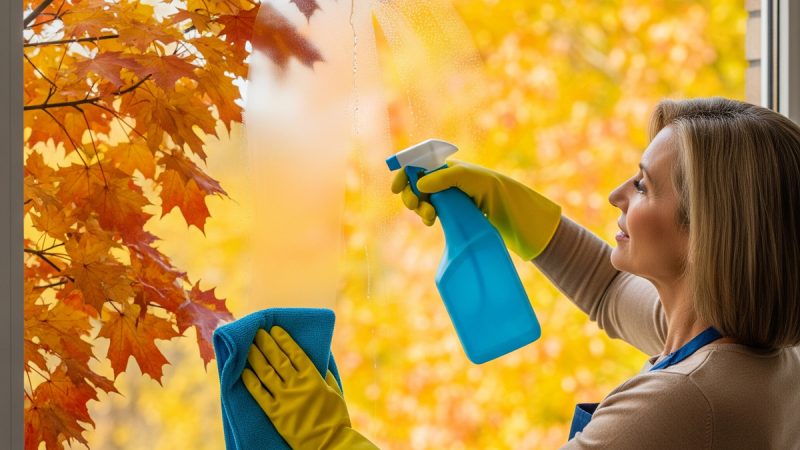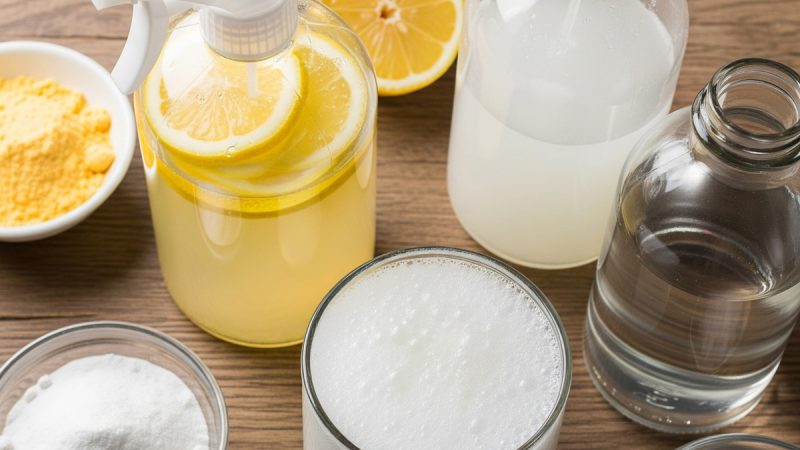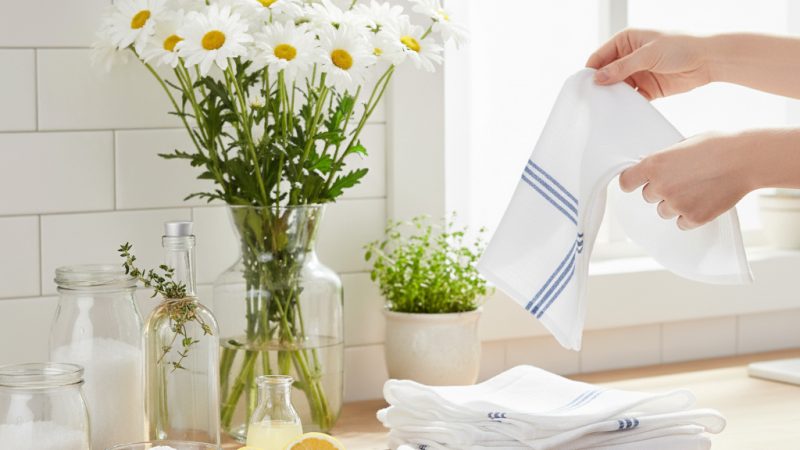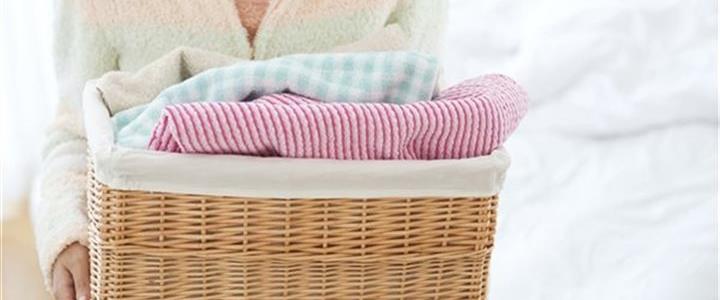Miscellaneous Cleaning Tips – pg2
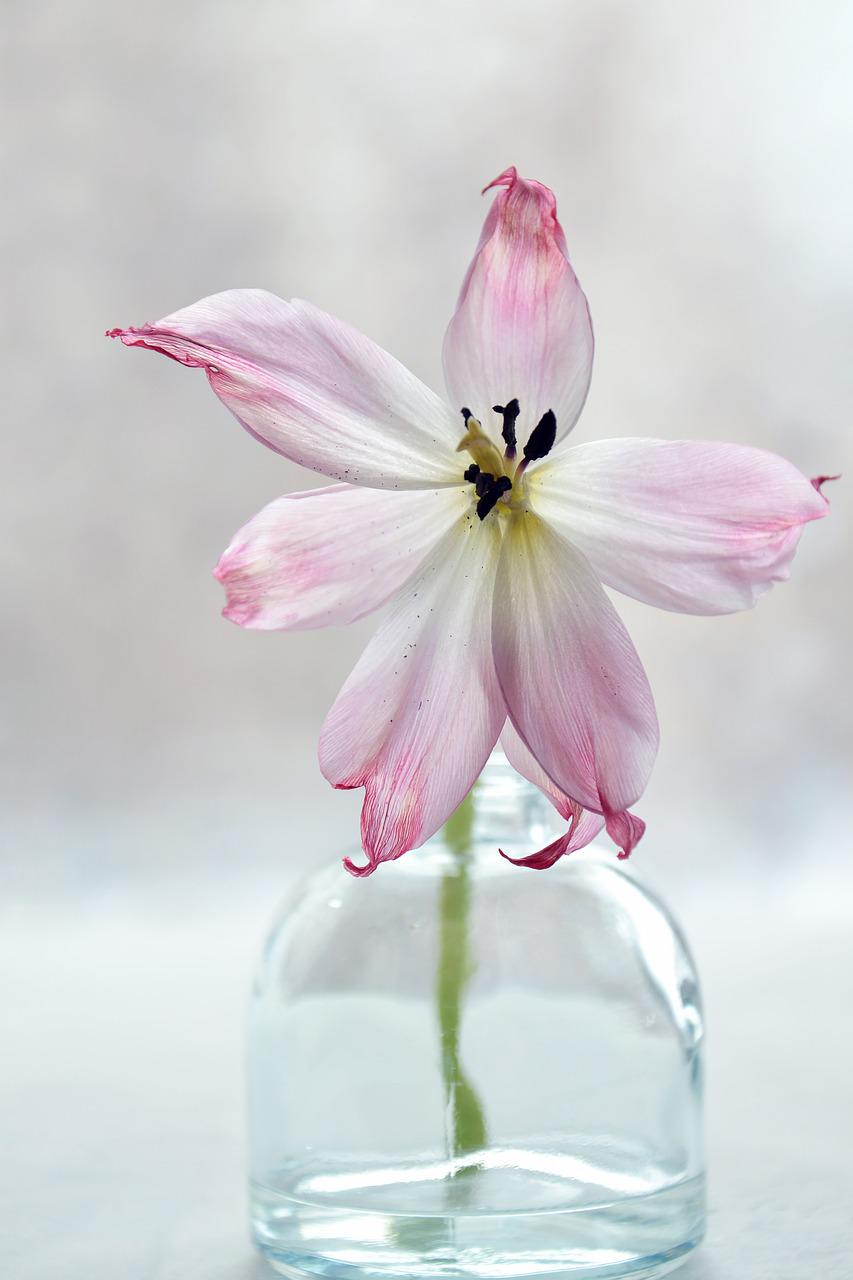
How to clean wooden blocks, washing machines, crystal vases, kitchenware enamelware, glass flower vases, cruets, or carafes.
Cleaning Glass Accessories
Glass flower vases, cruets, or carafes used to hold water, wine, oil or other liquids may develop stains in the bottom when allowed to set for a long time. Normal washing with soap and water may not get off all the stain. To remove these stains, try the following steps:
1. Pour vinegar (brown or white) into glass so as to be above the stain mark. Allow to stand 30 minutes to overnight, depending on intensity of the stain. Before emptying vinegar, add about 1/2 teaspoon dry uncooked rice, or 6-10 dry bean. Shake glass rapidly so hard grains can rub off loosened stain with a scouring action. Pour contents out. Rinse with water. Repeat if necessary.
2. If not all the stain is removed, pour ammonia into the glass to be above stain mark and allow to stand over night. Add rice or beans and shake. Repeat if necessary.
3. Commercial products such as ‘Lime Away’ can remove some stains. Read labels and follow directions exactly. You may need to add grains of rice or beans and shake to get scouring action with these products also.
If you have crystal vases or carafes, do not leave flowers or food in them any longer than necessary, since chemical changes can occur which permanently stain crystal.
Cleaning Porcelain Enamel
Appliances–wash with detergent and warm water and rinse. Do not use abrasive pads or scouring powders as these will scratch the glassy surface.
Decorated enamelware–wash in sudsy water, dry with a soft cloth.
Bathroom fixtures can be cleaned in a solution of 1 tablespoon detergent to 1 gallon hot water or with a foam bathroom cleaner. Avoid using household cleaners which contain abrasives.
Kitchenware–wash in sudsy water. If necessary use a plastic scouring pad or wooden scraper to remove burnt-on food. Burnt-on food may be loosened by soaking in a solution of 2 teaspoons baking soda and 1 quart water. Avoid abrasive scouring powder or steel wool. For heavy baked-on grease, or spills, occasional use of a fine steel wool pad or scraping with a razor blade is ok; just be very careful not to scratch the enamel. Using abrasives, such as steel wool or abrasive powders tends to permanently scratch the smooth glassy surface, and make it harder to clean thereafter.
Lime deposit in teakettles may be removed by a solution of vinegar and water. Bring to a boil.
Bathroom fixtures should be disinfected weekly with a solution of chlorine bleach and water or a spray-on disinfectant or by using a disinfectant cleaning foam.
Rust stains can be removed by using commercial rust remover or by using a solution of 1 tablespoon oxalic acid crystals (poison), dissolved in 1/2 cup warm water. Apply to stain, allow to stand a few minutes, then rinse well.
Washer Cleaning
If very dirty or linty wash leaves soil residue behind, wipe out inner tub. Leave lid open so tub will dry. Clean lint filters, and dispensers as manual directs. NEVER use detergent to clean fabric softener dispensers as residue left behind can combine with fabric softener to stain clothes.
Wash outside of washer with mild suds, rinse and wipe dry. Creamy appliance wax can be used occasionally, especially on painted surfaces, for extra protection of surface.
If hard water minerals build up a deposit inside washer, do not use a vinegar rinse unless you contact washer manufacturer or dealer and get their OK. Porcelain enamel washer inner tubs are made to resist alkalis (in detergent and laundry additives) not acids. Long exposure to acids can etch and roughen porcelain enamel tubs so they damage fabrics, and may also rust metal parts of the washer.
Wooden Blocks – Cleaning
Oil finished butcher block tops may be cleaned as any other table top. A damp cloth with a detergent may be used; followed by a damp cloth to remove the detergent. Excessive water should be avoided. All water should be wiped up immediately. Cut raw meat and poultry on a smooth-surfaced plastic cutting board which can be scrubbed thoroughly with hot suds afterward.
Repeated use and cleaning will remove the oil finish. Periodically, warm mineral oil should be applied with an absorbent cloth or very fine steel wool to the surface and edges. Allow oil to soak in a few minutes, then remove all surface oil with a dry, clean cloth. Oxidation or hardening of the oil will take approximately 6 hours.
The Author:
Anne Field, Extension Specialist, with credit to MSU Extension

